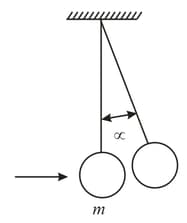A piece of cork has been attached to the bottom of a cylindical vessel that has been filled with water and is rotating about the vertical axis with a constant angular velocity . At some moment the cork gets free and comes to the surface. What is the trajectory along which the cork moves to the surface: does it approach the wall or the axis or does it move vertically upward?
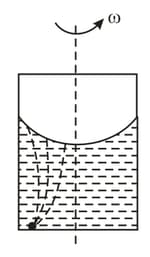

Important Questions on Fundamentals of Mechanics
A force acting on a material particle of mass first grows to a maximum value and then decreases to zero. The force varies with time according to a linear law, and the total time of motion is . What will be the velocity of the particle by the end of this time interval if the initial velocity is zero?
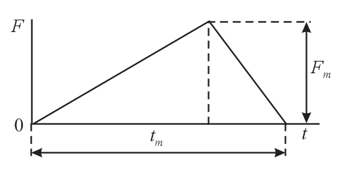
Along which of the two trajectories, the horizontal line or the broken line consisting of two straight segments ( and ), will the work performed by a force in displacing an object be greater if the friction is the same for all three straight segments?
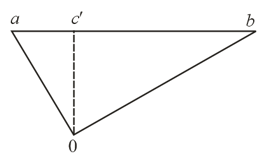
An object of mass is sliding down a hill of arbitrary shape and, after traveling a certain horizontal path, stops because of friction. The friction coefficient may be different for different segments of the entire path but it is independent of the velocity and direction of motion. Find the work that a force must perform to return the object to its initial position along the same path.
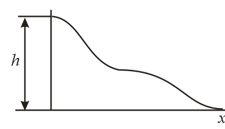
The dependence of the potential energy of an object on its position is given by the equation (a parabola). What is the law by which the force acting on the object varies?
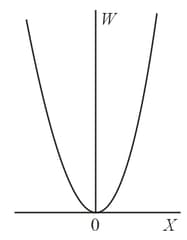
An object whose density is falls from a certain height into a liquid whose density is . In the figure the potential energy of the object is plotted along the vertical axis and the position of the object (its altitude) is plotted along the horizontal axis. The potential energy of the object at the level of the liquid is taken zero and the positive direction of the vertical axis (the axis) is the one pointing upward from the liquid's surface. Determine which of the five straight lines, , corresponds to an object with the highest density and which to an object with the lowest density. Is there a straight line among these five for which ? The arrows on the straight lines point in the direction of motion of the object.
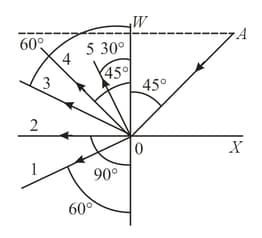
The dependence of the potential energy of the interaction between two objects on the distance separating them is shown in the figure. What will be the distances between the objects that correspond to equilibrium positions? At what distance will the equilibrium be stable? (Answer the same question for unstable equilibrium.) What segments of the curve correspond to a repulsive force, and what segments, to an attractive force?
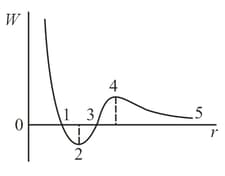
A load of mass is hanging from a string. A bullet flying horizontally hits the load. Three cases are possible here, namely, () the bullet pierces the load and, retaining a fraction of its velocity, continues its flight, () the bullet gets stuck in the load and () the bullet recoils from the load. In which of these three cases will the load be deflected by an angle with the greatest magnitude and in which will it be deflected by an angle with the smallest magnitude?
